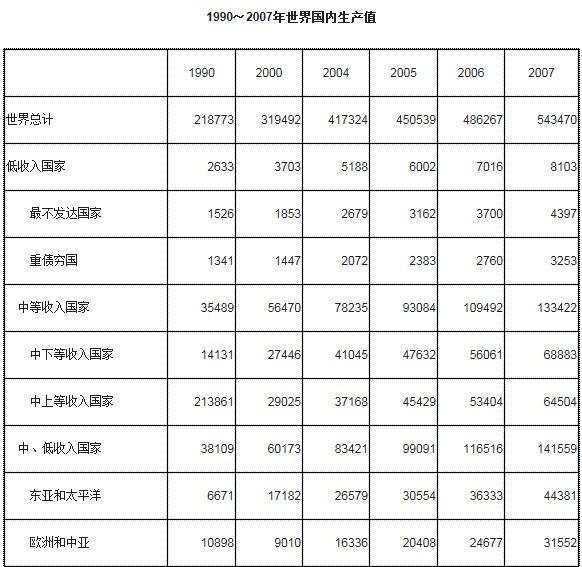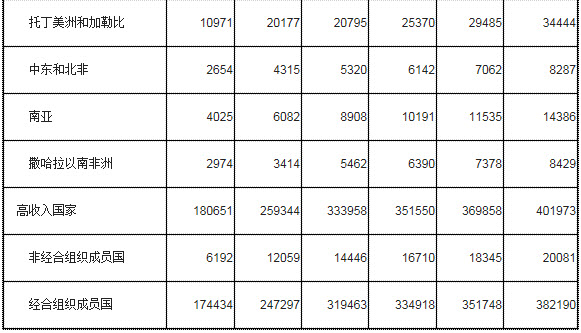阅读理解
Today, people all over the world are moving out of small villages in the country to go and live in big,
noisy cities. They are moving from the peaceful hills, mountains, fields, rivers and streams of the
countryside to the busy world of streets, buildings, traffic and crowds. This movement from rural(乡下的) areas to urban areas has been going on for over two hundred years.
In many countries, the main reason people come to live in towns and cities is work. After one or two
large factories have been built in or near a town, people come to find work, and soon an industrial area
begins to grow. There is usually a_residential_area nearby, too. The families of these workers need
schools, hospitals and shops, so many people come to live in the area to provide these services and a city grows.
In every major city in the world, there is a business district where the big companies have their main
offices. In the United States, this area is usually in the city center downtown. It is here that you can see
many huge skyscrapers(摩天大楼)and office blocks. The people who work here often travel a long way
to work each day. Many of them live in the suburbs of the city, far away from the industrial area and the
city center. Some suburbs are very pleasant, with nice houses and big gardens. There are usually parks for children to play in and large department stores where you can buy all you need.
But what is the future of the big cities? Will they continue to get bigger and bigger? Perhaps not. Some major cities have actually become smaller in the last ten years, and it is quite possible that one day we will
see people moving out of the major cities and back into smaller towns and villages.
1. The underlined phrase "a residential area" means an area________.
A. where people can buy things
B. which is suitable for living in
C. where people can do business
D. which is near a city center
2. Why do people move to live in cities or towns?
A. Because they can live more comfortably there.
B. Because they like noisy life better than peaceful life.
C. Because they mainly want to find work there.
D. Because they are sure of having a better life there.
3. Which of the following statement is NOT true about the business district?
A. Big companies usually have their main offices in the business district.
B. People usually work and live in the business district.
C. A business district usually lies in the city center downtown.
D. Nearly every major city has its own business district.
4. In the United States, many people work in the center of a big city________.
A. and live there
B. but live in the suburbs of the city
C. and live in another city
D. but live in rural areas
5. We can infer that this movement from rural to urban areas ________.
A. has been going on for more than 2,000 years
B. will surely continue in the future
C. may not continue in the future
D. has now stopped already


